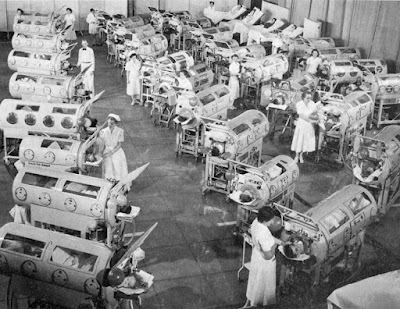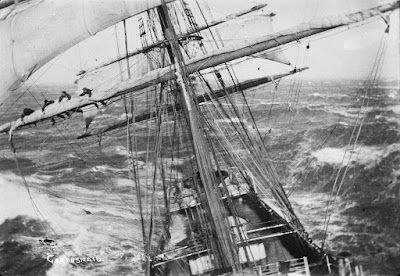Another place, another time, another epidemic

As the world struggles to recover from the Covid pandemic, it has been interesting to think back on earlier epidemics that have affected my life. As a small child, I received the smallpox vaccination and the polio sugar lump (Sabin) version, later a booster injection. These were two horrible diseases you seldom hear about anymore but that caused widespread death or disability and disfigurement. Polio was known at the time as Infantile Paralysis, but it didn't just affect children, although photos of them being confined to iron lungs were the stuff of nightmares. Children in Iron Lungs, c. 1950 When I was born in the Nkana Mine Hospital in Northern Rhodesia [Zambia] just after World War II, a polio epidemic was raging in the vicinity. You can see Nkana in the centre of this map, from the Infantile Paralysis Foundation, that shows where it was concentrated, and the legend shows the number of cases per 100,000 population as being at the highest end of the scale. My mother had ...





